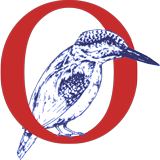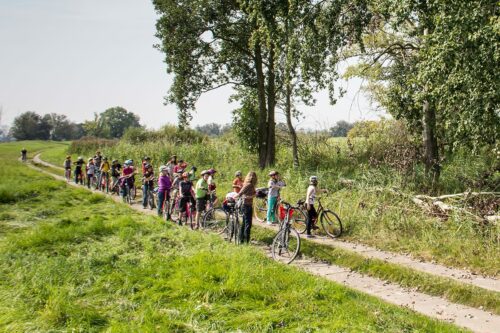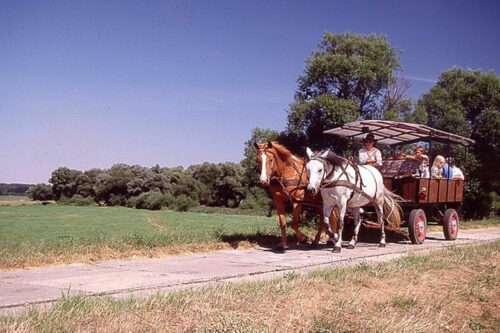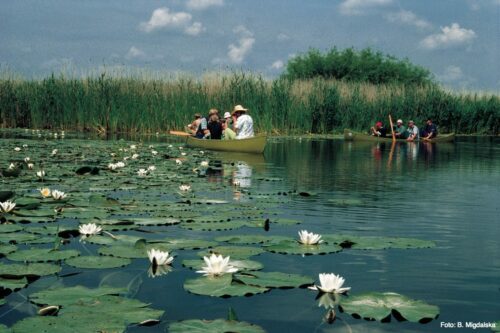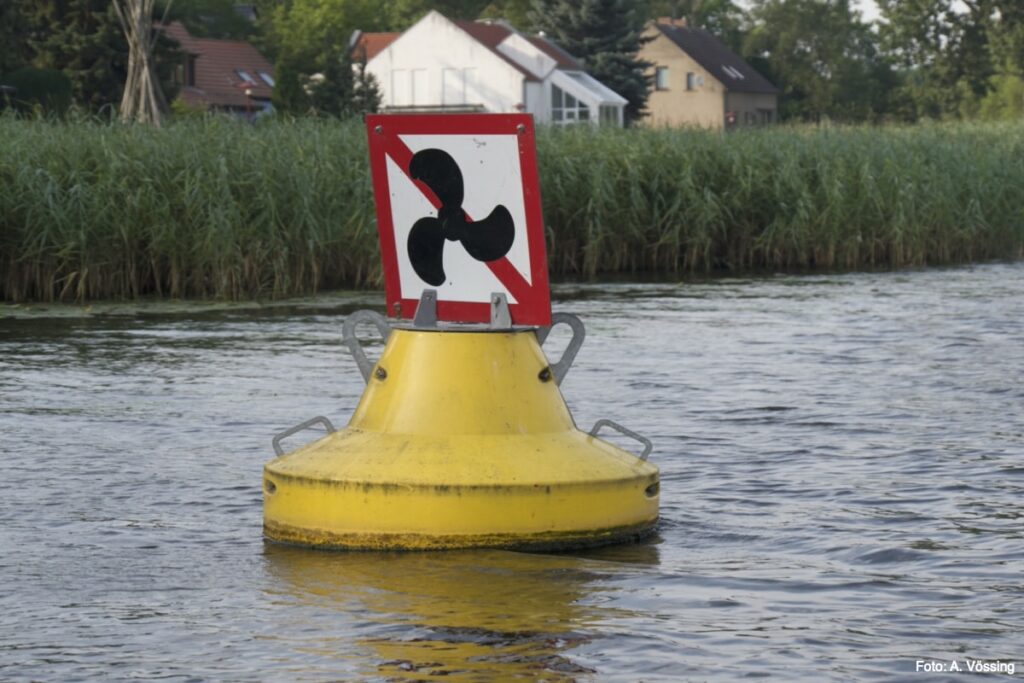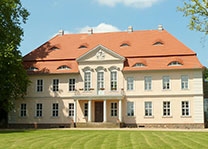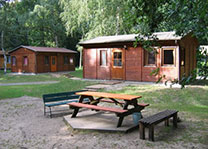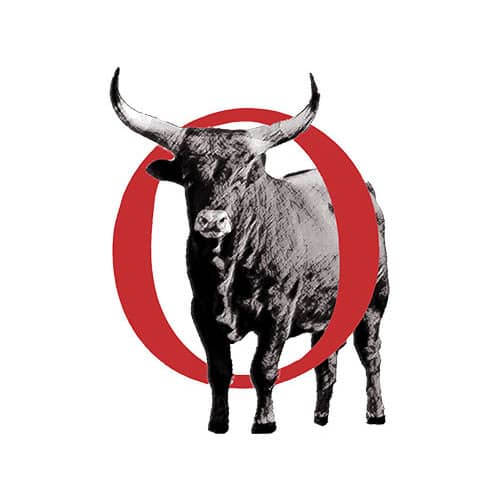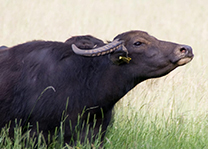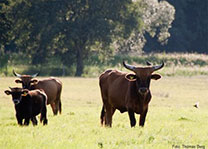Nature tourism is an essential part of any national park. The trick is to steer it on the right track. On the one hand, visitors should be made familiar with nature, and on the other hand, it should not be polluted or even destroyed. The Lower Oder Valley has the advantage that, due to its remote border location, it is still not overrun by tourists, unlike classic tourist regions in Saxon Switzerland, in the Harz Mountains or on the coasts of the sea. In the Lower Oder Valley, visitors are on their own most days of the year.
Nevertheless, there are a few things to consider, also with a view to the desired increase in visitors. Right from the start, conservationists criticized the fact that the 200-kilometer network of trails is too dense for a small national park with an area of 10,000 hectares. The birds in particular are too disturbed in the open, wide landscape when there are many visitors in the area. In the future, some paths will simply go out of use in the course of time if they are not regularly maintained, but it would make sense to control this necessary shrinking process a little.
It would also be important not to lead all tourists straight into the heart of the national park. Peripheral attractions can take on a filter function here and still attract more people, on whom the tourism industry is dependent, to the region. The attractive one also serves this purpose Bison enclosure next to the visitor car park in Criewen. But this is a private initiative. Further, similar measures would be useful here.
- Cyclist
- Kremserfahrt
- Canoe trip in the Zwischenoderland
The problem area of boat traffic
One must also keep an eye on the boat traffic in the protected areas. In the Polish Zwischenoderland, the boats, including motorboats, travel on the approximately 200 kilometers of waterways, today more or less unhindered and uncontrolled, a serious encroachment on the untouched nature that is otherwise only disturbed by anglers. On the German side, the situation was simpler in that it was not possible to enter the polders directly from the federal waterways, which are of course open to shipping. In addition, boat traffic was not allowed on the polder waters during the GDR rule. So no restrictions were necessary. Nevertheless, the national park administration has newly established canoe tourism in the area, albeit limited in terms of time and location. Once introduced, there is always a risk of expansion and expansion. The relatively small, open protected area does not tolerate the visitor-related disturbances on the numerous hiking trails and further disturbances from the soon as numerous waters. So here you have to keep a very close eye on the development.
- No entry at Mescheriner See
